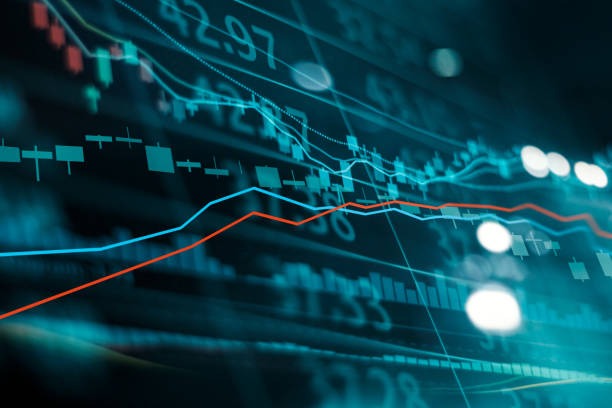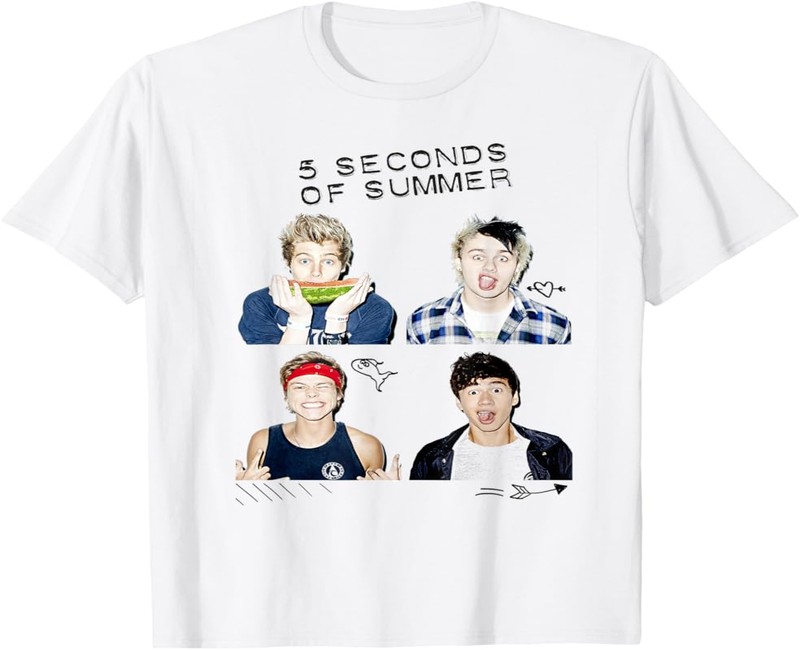Introduction: Why “Top-Tier” Matters in Forex
The top Forex brokers combine risk management, cost control, and execution quality into each trade. The Best Forex Brokers combine robust regulation, transparent pricing, deep liquidity, and tried-and-tested platforms that let you focus on your strategy, instead of worrying about slippages, security, or hidden fees.
What is a top-tier Forex Broker?
A truly top-tier firm typically excels in five areas:
Licensing & Oversight
Regulated Forex brokers have licenses from trusted authorities (e.g. Tier-1 jurisdictions). Client funds are separated, and audited financials and compensation schemes when they are applicable, are all indicators of a licensed Forex broker.
Pricing & Execution
Competitive Forex broker trading conditions mean high commissions, narrow spreads as well as minimal slippage. Tier-one liquidity is a hallmark of the broker, as is speedy matching engines and clear orders routing guidelines.
Platform Security and Reliability
Secure Forex Trading Platforms offer high-quality encryption for banks and storage at the hardware level whenever it is available. They also provide robust two-factor authentication (two-factor authentication) using multiple data centres.
Product Breadth & Tools
Access to major/minor/exotic Forex commodity pairs, indices and pairs and, sometimes, crypto CFDs. advanced charting features, depth of market, backtesting, and API support.
Support, Education & Transparency
24-hour or 24 hour multilingual support, transparent fees tables, margin guidelines, and honest education that discusses risk as well as it is rewarding.
Regulation: Your First Line of Defense
What is the significance of regulation: Regulation reduces counterparty risk, enforces capital adequacy, and requires segregation of client funds. Also, it establishes guidelines for the most efficient execution of transactions and dispute resolution.
Quick checks:
- Check the license number in the site of the regulator.
- Check if balance protection is offered.
- Check your broker’s Key Information Documents (PDS/Key Information Documents) for more information about stops and margin calls. levels.
Red flags:
- “Offshore only” licensing that has vague information.
- Bonuses tied to unrealistic turnover requirements.
- Calling cold or aggressively, or promising returns (no reputable broker will be doing this).
Trading Conditions: Where Performance Meets Cost
Best Forex Brokers will provide transparent real-world averages, rather than only quote “from” spreads. Pay attention to the following terms to compare Forex broker terms for trading:
- Spreads & Commission: Compare all-in costs (spread + commission) at your typical trade size.
- Execution Speed & Slippage: Ask for historical stats; test on a demo during volatile sessions.
- Order Types: Market, limit, stop, stop-limit, trailing stop OCO Partially filled and fill-or-kill choices.
- Swap Rates (Rollover Rates): Important for swing traders and carry strategy.
- Latency & Requotes: Lower latency means better fills; requotes are a warning sign.
Get the best trading conditions, start trading at Exness Kuning
Platform Security: Protecting Capital and Credentials
A Secure Forex trading platform protects you at multiple layers:
- Account Security: 2FA, device whitelisting, session timeouts.
- Data Security: TLS/SSL encryption, encrypted keys, and hardened mobile apps.
- Infrastructure: Multi-region servers/CDNs and DDoS protection for resilient uptime.
- Operational Controls: Withdrawal whitelists and manual verification of large transfers, and audit logs.
Pro tip: Consider security on the platform like you do online banking: unique passwords 2FA, withdrawal rules that favor safety over speed.
Tools and Features that set Top-Tier Apart
- Advanced Charting Custom indicators, automated alerts multi-timeframe layouts
- Automation APIs for algorithmic trading and copy trading, including Risk disclosures.
- Depth of Market (DOM): Helps gauge liquidity and potential slippage.
- Risk Controls Guaranteed stop-loss (where it is offered), margin alerts, and integrated size of the position.
- Education & Research : Strategies guides, webinars, and daily insights.
How to Choose a Forex Broker: A Practical, 7-Step Checklist
Do you need to know what to consider when choosing an Forex Broker? How to Create Exness Real Account? Follow this step-by-step procedure:
Filtering through Regulation
Shortlist Regulated Forex brokers in credible jurisdictions; verify licenses.
Your Plan
Scalpers require extremely tight margins and rapid execution. Swing traders can prioritize swaps or instrument coverage.
Test Trading Conditions
The trade of your actual setup takes unpredictable hours. Monitor slippage, spread and execution speed.
Examine Costs in a holistic way
Calculate the all-in cost per month and per trade at your expected volume including inactivity and swaps fees.
Stress-Test the Platform
Test desktop and mobile devices layouts, charting layouts, customized alerts and order types. Make sure that the tools (DOMs and APIs) meet your needs.
Review Funding & Security
Confirm segregated accounts supported payment methods, withdrawal times and security features (2FA whitelists, 2FA).
Support & Transparency
Contact support with detailed questions. Read the T&Cs as well as product disclosures. If the answers are unclear or unclear, you should go away.
Common Mistakes to Avoid
- Chasing bonuses: Incentives can hide poor spreads or wide slippage.
- Ignoring swaps: Overnight costs can erase edge for swing trades.
- Don’t overlook the small print. Stop-out levels and fees for inactivity are essential.
- Do not underestimate security. Lax withdrawal policies or weak 2FA are a no-no.
FAQs: Top-tier Forex Broker Essentials
1) What is a top-of-the-line Forex broker
A broker that combines strict regulation, superior execution, transparent pricing, strong security, and helpful support–consistently, not occasionally.
2) Are all Regulated Forex Brokers automatically “best?”
No. Regulation is important, but it’s not enough. There is still a need for competitive trading conditions, reliable platforms, and transparent operations.
3) What is the best way to evaluate Forex broker trading terms?
Check all-in costs (spread + commission), execution speed slippage, swap rates and features on the platform in relation to your strategy’s needs.
4) Which platform is most secure?
Search for 2FA, encrypted storage, DDoS security, withdrawal whitelisting, and clear incident-response policies–regardless of brand.
5) What’s the safest way to start?
Start a demo and collect metrics during real market hours before going live with micro-lots and monitor execution, swaps and response times to support.
Conclusion
Top-quality Forex brokers do more than simply provide a trading platform. They also protect capital, allow efficient execution, and offer tools that will assist you in maximizing your profit. Begin by filtering out Regulated Forex Brokers, verify Forex broker trading conditions by using a demo, and then demand Secure Forex platforms with transparent policies. By following the How to Select the Best Forex broker checklist, you can filter the selection of brokers to those who have a consistent and professional trading.





